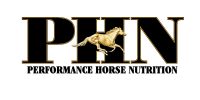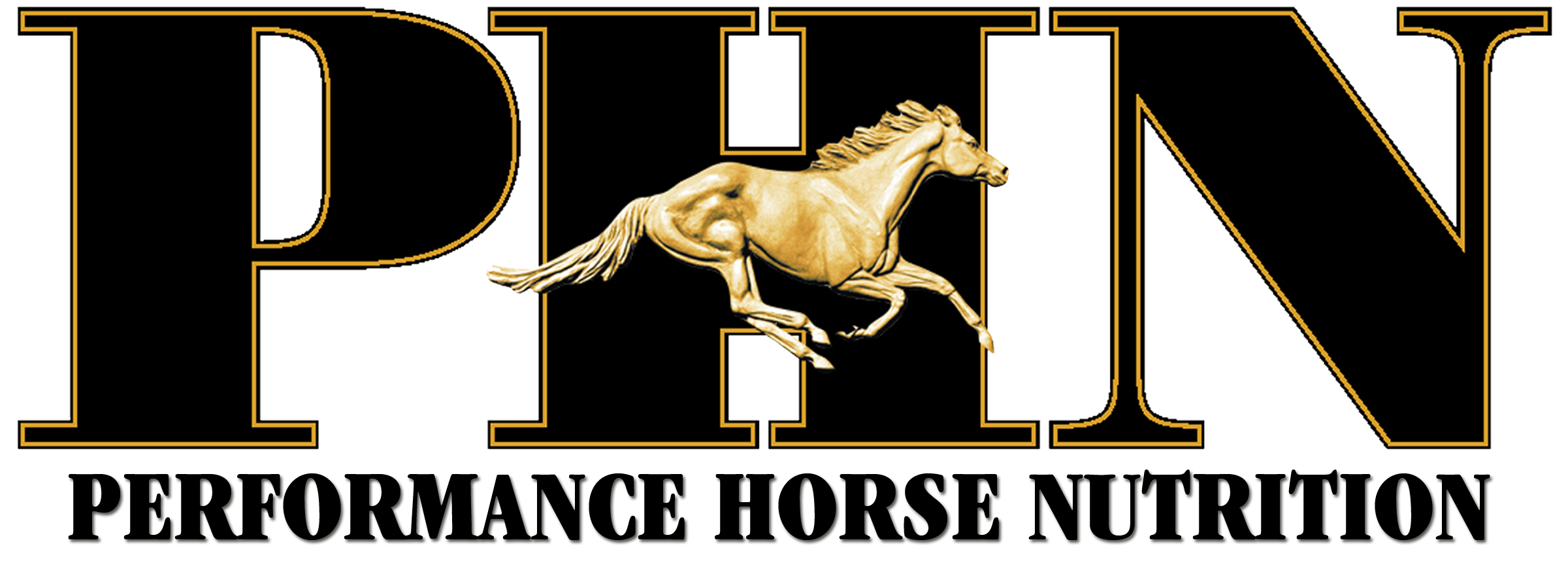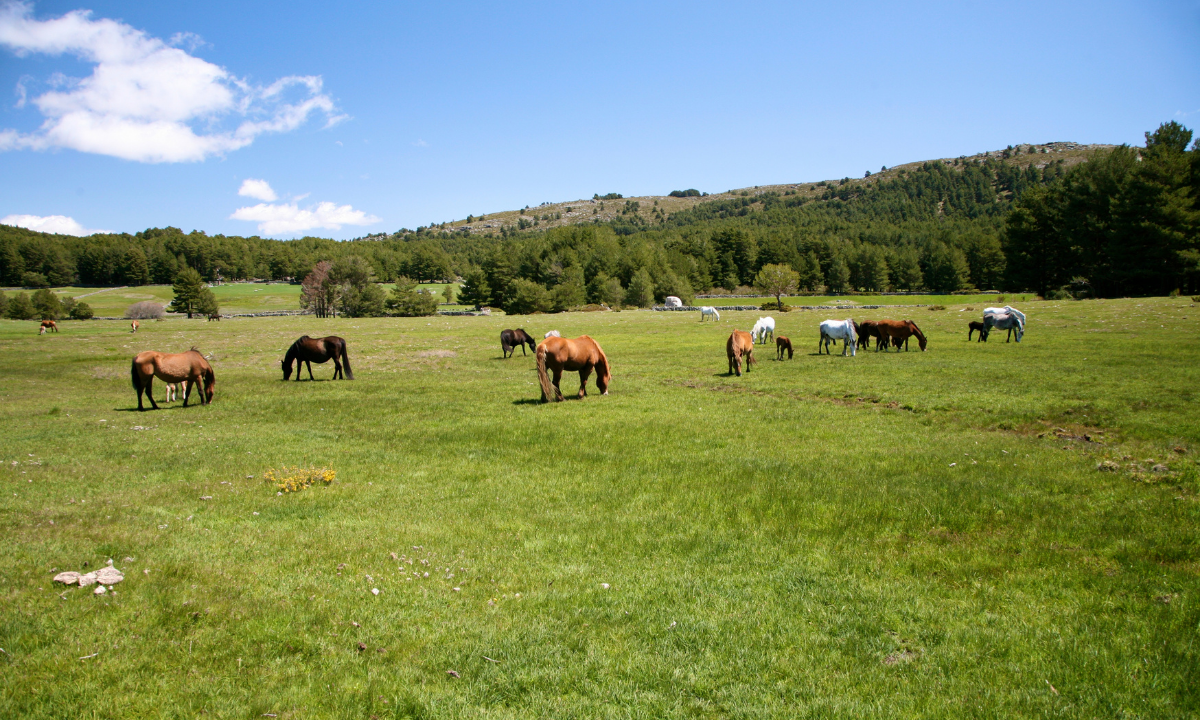FEEDING MULTIPLE HORSE
2022

Written by Performance Horse Nutrition
Forty horses at the training barn being fed a total of fourteen different grain formulas, sound familiar? As a barn owner/manager is there a way you can select one grain or possibly two grain formulas that can address the nutrient needs for all the horses in the barn? The short answer is yes.
The nutrient requirements for horses depend on weight of the horse and physiological function such as exercise, pregnancy, lactation and growth. So as long as you have reasonably similar horses, you can feed similar feeds, although the amount of feed would be based on weight/size of the horse not all horses eat the same amount. For example, if we have a barn full of mature horses, greater than 3 years of age, with each being in varying intensities of training we can absolutely select two grain products that will meet nutrient needs. Similarly, if we have a breeding operation with pregnant and lactating mares along with growing horses we can select two grain formulas to feed the entire operation. However, before we select grain products to feed the horses we need to discuss forage (hay/pasture). All horses require a minimum of 1.5% of the body weight per day in dry forage. For a 1,000 pound horse this is a minimum of 15 pounds of dry hay. Horses that are actively working, pregnant, lactating or growing should have free-access to high quality hay. These horses will comfortably eat 2 – 2.5% of their body weight in good quality forage. The other factor to consider with the forage feeding program is quality of forage. The higher the forage quality, the more calories, protein and other nutrients in the forage, translates into fewer pounds of grain necessary to meet nutritional needs. Always feed the best forage you can find for your horses.
Selecting Grain Formulas – A logical approach for selecting grain formulas to feed an entire barn is to select two formulas: one concentrated low calorie formula and one higher calorie less concentrated formula. An example of the low calorie, concentrated formula is a balancer pellet. This is a concentrated, low-intake balancer pellet which will provide essential nutrients with minimal calories due to the low feeding rate.
The other grain formula is one that will provide horses with extra calories to maintain or gain weight while still providing all the necessary vitamins and minerals. Examples of higher calorie performance feeds would include a higher intake mid to higher fat feed.
For a breeding farm, you could select the same low-intake balancer and pair it with the higher calorie development/mare feed for horses that needed extra calories to maintain a pregnancy, produce milk or grow.
Selecting two grain formulas: one a low-intake, low-calorie concentrated nutrient source and one that is higher intake, higher calorie less concentrated with vitamins and minerals will literally feed all the horses in the barn.

